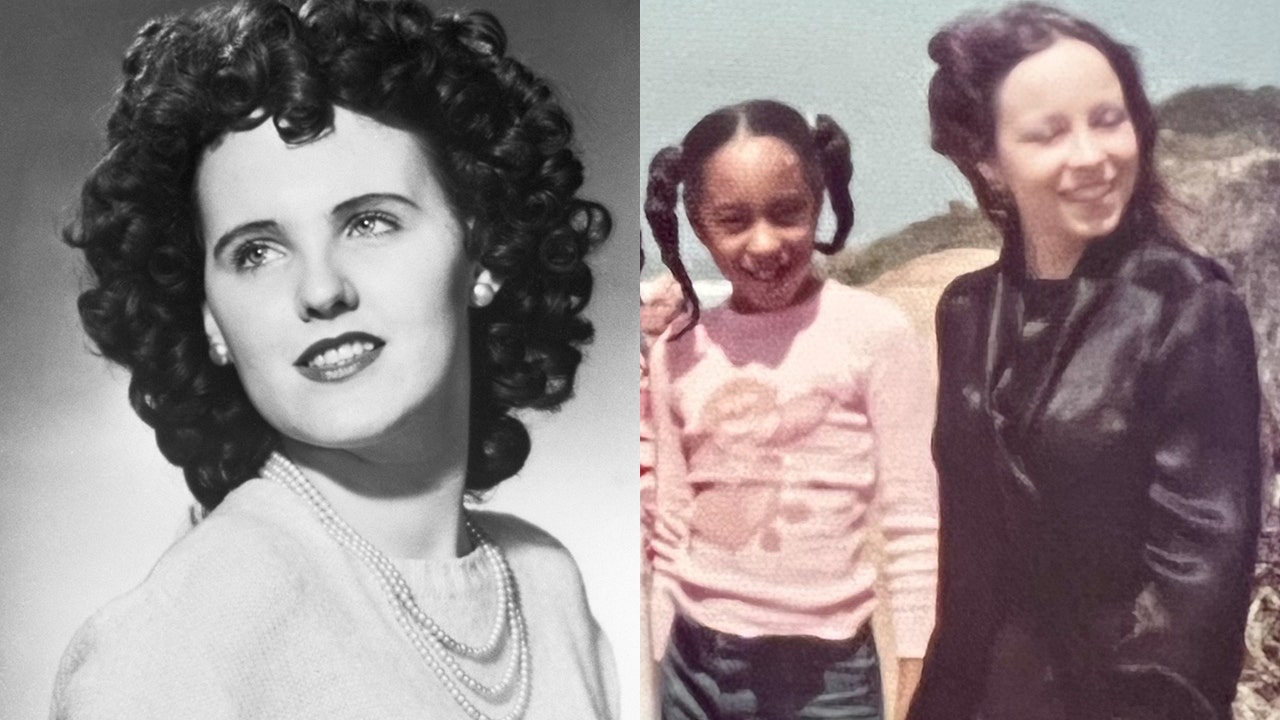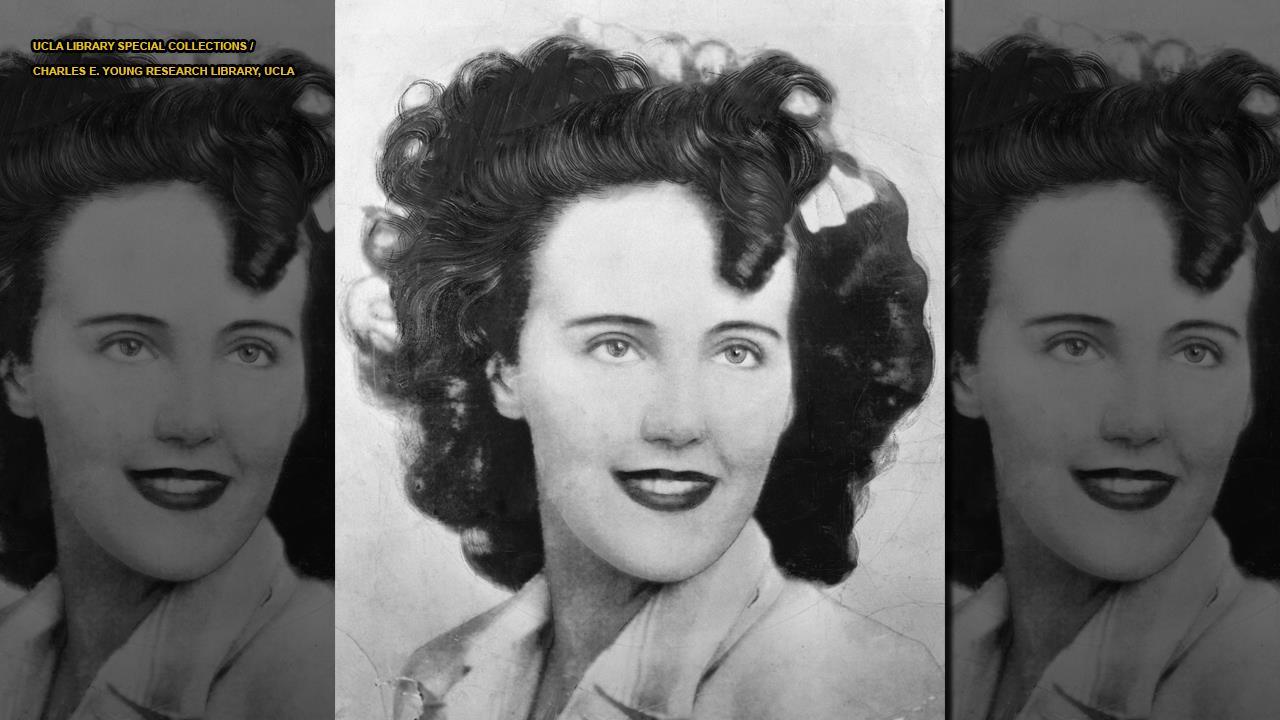Picture this: A young woman found dead in a vacant lot, her body gruesomely mutilated, and no clear answers in sight. This chilling scenario became a reality on January 15, 1947, when the body of Elizabeth Short—later dubbed the 'Black Dahlia'—was discovered in Los Angeles. The Black Dahlia autopsy remains one of the most infamous unsolved crimes in American history, sparking endless theories, debates, and investigations.
The Black Dahlia case isn't just a crime story; it's a haunting glimpse into the darker side of human nature and the complexities of forensic science. What happened to Elizabeth Short? Why does her story continue to captivate us decades later? In this deep dive, we'll explore the details of the Black Dahlia autopsy, the unanswered questions, and the impact this case has had on true crime enthusiasts and investigators alike.
From the initial discovery to the forensic findings, every aspect of the Black Dahlia autopsy paints a picture of a mystery that refuses to be solved. So buckle up, because we're about to journey through one of the most chilling and intriguing cases in modern history. And who knows? Maybe you'll uncover a clue that's been overlooked for decades.
Read also:Prince William Furious At Meghans Show The Untold Story
Table of Contents
- Elizabeth Short: A Brief Biography
- The Gruesome Discovery
- Inside the Black Dahlia Autopsy
- Key Evidence in the Case
- Popular Theories and Suspects
- The Role of Forensic Science
- The Media Sensation
- The Lasting Legacy
- Impact on True Crime Culture
- Final Thoughts
Elizabeth Short: A Brief Biography
Before diving into the autopsy itself, let's take a moment to get to know the victim. Elizabeth Short, born on July 29, 1924, in Boston, Massachusetts, was a young woman with dreams of becoming a Hollywood star. But life wasn't all glitz and glamour for Lizzy, as friends called her. Her journey took her from Massachusetts to Florida, and eventually to Los Angeles, where her story tragically unfolded.
Early Life and Dreams
Growing up during the Great Depression, Elizabeth faced her fair share of hardships. She dropped out of high school and worked various jobs to make ends meet. Despite the challenges, she maintained a hopeful outlook, always believing that her big break was just around the corner.
A Glimpse at Her Personality
Elizabeth was described as charming, friendly, and ambitious. But beneath the surface, she struggled with self-esteem issues and a desire for validation. Her friends recall her as someone who craved attention and admiration, which may have played a role in her decision to pursue a career in entertainment.
| Full Name | Elizabeth Short |
|---|---|
| Birthdate | July 29, 1924 |
| Place of Birth | Boston, Massachusetts |
| Occupation | Aspiring Actress |
| Date of Death | January 15, 1947 |
The Gruesome Discovery
It was a chilly January morning when a group of women out for a stroll stumbled upon something that would change their lives forever. In a vacant lot on South Norton Avenue in Leimert Park, they discovered the body of Elizabeth Short, her lifeless form lying eerily still against the backdrop of a city waking up.
What they saw was beyond comprehension. Elizabeth's body had been meticulously posed, her face serene despite the grotesque nature of the crime. But the real shock came when authorities realized the extent of the mutilation. The body was severed at the waist, and her face bore a horrifying grin, split from ear to ear—a grimace that would haunt investigators for decades.
Initial Reactions
The scene was both tragic and surreal. Bystanders were left speechless, struggling to process the macabre sight before them. As news spread, the media quickly dubbed the victim the 'Black Dahlia,' a nickname inspired by a popular film noir movie of the time, "The Blue Dahlia." The name stuck, becoming synonymous with one of the darkest chapters in true crime history.
Read also:Cade Cunninghams Gamewinning 3pointer Leads Pistons To Victory Over Heat
Inside the Black Dahlia Autopsy
When the authorities conducted the Black Dahlia autopsy, they uncovered a series of disturbing findings that only deepened the mystery. The autopsy report revealed that Elizabeth had suffered severe trauma before her death, including multiple fractures and ligature marks around her wrists and ankles.
Key Findings
- Post-Mortem Mutilation: The body was severed at the waist, and her face bore a ghastly grin, cut from ear to ear.
- Blunt Force Trauma: Evidence of severe blows to the head and face suggested a violent struggle.
- No Signs of Sexual Assault: Contrary to initial assumptions, there was no indication of sexual violence.
- Starvation: The autopsy revealed that Elizabeth had not eaten for several days before her death.
These findings raised more questions than answers. Why did the killer take such care in posing the body? What was the significance of the facial mutilation? And perhaps most haunting of all, why did the killer choose Elizabeth Short?
Key Evidence in the Case
As the investigation unfolded, authorities gathered a wealth of evidence, some of which pointed to potential leads, while others only added to the confusion. From fingerprints to handwriting analysis, every clue was meticulously examined in hopes of cracking the case.
Fingerprint Analysis
One of the first pieces of evidence collected was a set of fingerprints found on a discarded piece of paper near the crime scene. While these prints didn't match any known suspects, they provided a starting point for investigators.
Handwriting Samples
Over the years, numerous letters and notes were sent to the police, claiming responsibility for the murder. Some of these correspondences were eerily detailed, suggesting an intimate knowledge of the crime. However, none of the handwriting samples matched any known suspects, leaving investigators scratching their heads.
Popular Theories and Suspects
As the years passed, the Black Dahlia case spawned a plethora of theories and suspects, each more outlandish than the last. From Hollywood elites to everyday citizens, everyone seemed to have a theory about who could have committed such a heinous act.
The Hollywood Connection
Some speculated that Elizabeth's dreams of stardom led her to cross paths with dangerous individuals within the entertainment industry. This theory gained traction when it was revealed that Elizabeth had been seen in the company of several prominent figures in Hollywood.
The Psychopathic Killer
Others believed that the killer was a psychopathic individual with a deep-seated hatred for women. This theory was supported by the meticulous nature of the crime and the apparent lack of motive.
The Role of Forensic Science
Forensic science played a crucial role in the Black Dahlia investigation, providing investigators with tools to analyze evidence and piece together the events leading up to Elizabeth's death. From DNA analysis to toxicology reports, every aspect of the crime was scrutinized with the latest technology available at the time.
Advancements in Technology
While the technology of the 1940s was far less advanced than today, investigators made the most of what they had. They used fingerprinting, blood analysis, and even early forms of DNA testing to try and identify the killer. Despite these efforts, the case remains unsolved.
The Media Sensation
The Black Dahlia case became a media sensation almost overnight, capturing the attention of the world and sparking a wave of public fascination. Newspapers, magazines, and later television shows dedicated countless hours to covering every twist and turn in the investigation.
Public Reaction
People were both horrified and intrigued by the details of the case. The gruesome nature of the crime, combined with the mysterious circumstances surrounding Elizabeth's life and death, created a perfect storm of media attention. The nickname 'Black Dahlia' only added to the allure, cementing Elizabeth's legacy in the annals of true crime history.
The Lasting Legacy
Decades after her death, Elizabeth Short continues to haunt the public consciousness. Her story has been retold countless times in books, movies, and documentaries, each version adding its own twist to the narrative. But beyond the sensationalism, the Black Dahlia autopsy serves as a reminder of the importance of justice and the need to give a voice to those who cannot speak for themselves.
Inspiration for Future Generations
For aspiring forensic scientists and true crime enthusiasts, the Black Dahlia case is a powerful lesson in the complexities of criminal investigations. It highlights the challenges faced by investigators and the importance of using every available tool to solve even the most perplexing cases.
Impact on True Crime Culture
The Black Dahlia autopsy has had a profound impact on the true crime genre, influencing countless authors, filmmakers, and investigators. It has become a benchmark for unsolved mysteries, a case that continues to inspire and challenge those who dare to delve into its depths.
Modern-Day Relevance
In today's world, where true crime podcasts and documentaries dominate the airwaves, the Black Dahlia case remains as relevant as ever. It serves as a reminder of the enduring power of storytelling and the human need to make sense of the senseless.
Final Thoughts
As we wrap up our exploration of the Black Dahlia autopsy, one thing is clear: this case is more than just a crime story. It's a testament to the resilience of the human spirit and the unwavering pursuit of justice. While the identity of Elizabeth's killer may never be known, her legacy lives on in the hearts and minds of those who continue to seek the truth.
So, what do you think? Do you have a theory about the Black Dahlia case? Or perhaps you're inspired to dive deeper into the world of true crime. Whatever your takeaway, remember that every story has a beginning, a middle, and an end. And sometimes, the end is just the beginning of a new chapter.
Feel free to leave your thoughts in the comments below, share this article with your friends, and explore more of our content on unsolved mysteries. The journey continues, and the truth is out there waiting to be uncovered.


